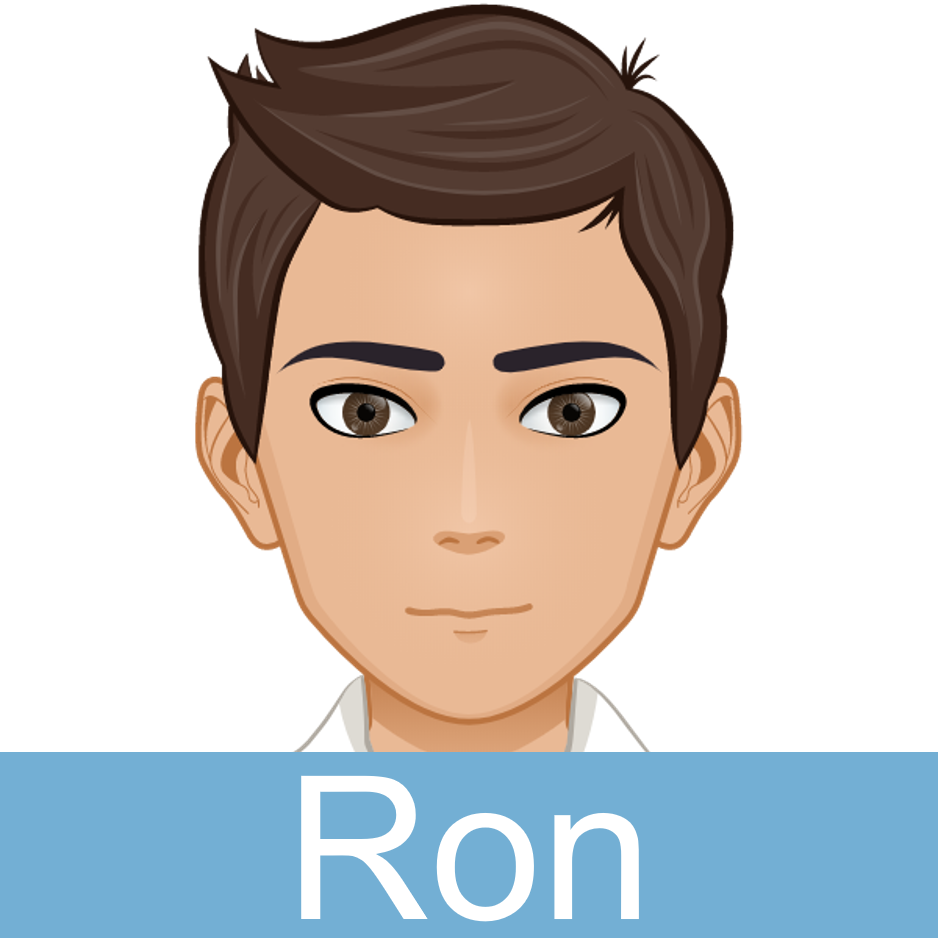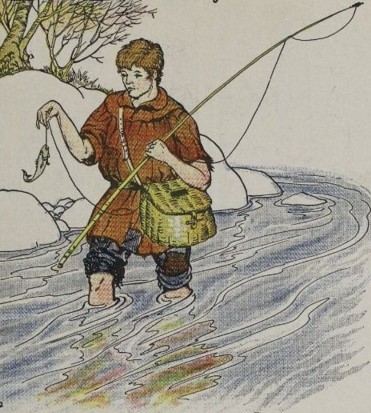PART A_1
Let’s learn vocabulary. Listen and repeat the words and the sentences with your tutor.
PART A_2
| 1. foster | /FAW-ster/ |
| -to encourage the development or growth of ideas or feelings | |
| It is important to foster a positive learning environment. | |
| 2. negotiate | /ni-GOH-shee-eyt/ |
| -to have formal discussions with someone in order to reach an agreement with them | |
| Leaders must negotiate in favor of their team. | |
| 3. plight | /plahyt/ |
| -an unpleasant condition, especially a serious, sad, or difficult one | |
| The country should shed light on the plight of farmers. | |
| 4. spark | /spahrk/ |
| -to cause the start of something, especially an argument or fighting | |
| The article has sparked my interest. | |
| 5. debate | /dih-BEYT/ |
| -serious discussion of a subject in which many people take part | |
| Education has been the family’s subject of debate recently. |
PART B_1
Let’s read the article. Please read it aloud, and I will check your pronunciation and intonation.
PART B_2
Margaret Atwood Honored with Dayton Literary Peace Prize
Margaret Atwood, a Canadian author, has received the top prize in the International Dayton Literary Peace Prizes. The award recognizes the ability of literature to foster world peace, social justice, and awareness. The award is named after the former American ambassador who negotiated the 1995 Dayton Ohio peace talks that brought an end to the Bosnian war. Since the early 1960s, Atwood’s works have been published. She writes poems, fictional novels, and magazine and news articles. She focuses a lot of her work on women’s plight. Her popular 1985 novel The Handmaid’s Tale was adapted into an American television series. It is the story of a future America in which men have full political influence. The book and its television adaptation sparked a lot of political debate, particularly in the United States. Readers and viewers found the story to be frighteningly similar to recent political events in the United States.
PART C_1
Let’s answer comprehension questions. Please answer them based on the article.
PART C_2
| 1. | What is the significance of the award given to Margaret Atwood? |
| 2. | What does Margaret Atwood write? |
| 3. | Why did The Handmaid’s Tale spark a lot of political debates? |
PART D_1
Let’s discuss the article. Please answer the questions below and express your opinions.
PART D_2
| 1. | What can you say about Margaret Atwood as a writer? |
| 2. | Would you read a book by Margaret Atwood? Why or why not? |
| 3. | What makes a book worth reading for you? |
| 4. | How important is literature in your country? |
| 5. | Should books be used to discuss social issues? Why or why not? |
REVIEW AND FEEDBACK
Now, let us review the things that you learned in this lesson.
ではこのレッスンで学んだことを振り返りましょう。
(Please give a short feedback on how your student did on your class.)
| Grammar 文法 |
Pronunciation 発音 | Vocabulary 単語 |
Comprehension 理解 |
|
|---|---|---|---|---|
 GOOD GOOD |
文法の誤りはほとんどなく、完全な文章で話すことができる | ほとんどの単語をはっきりと正しく発音することができる | 習った表現を適切に使うことができる | 文章を理解し、質問に正しく答えることができる |
 FAIR |
文法の誤りはあるが、完全な文章で話すことができる | 発音の練習が必要な言葉がいくつかある | たまにミスはあるが、習った表現を適切に使うことができる | 文章を完全に理解するのは難しく、質問に正しく答えられないときもある |
 POOR |
文章で話すのは難しく、単語だけで話すことができる | 発音の練習が必要である | 習った単語と表現を少しだけ使うことができる | 文章を理解するのは難しく、質問に答えるのは難しい |





